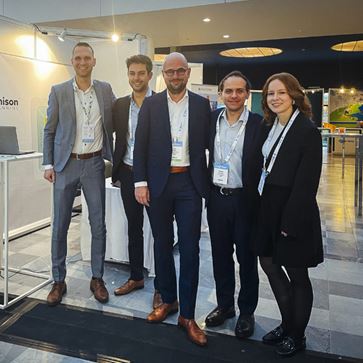
Why today’s supply chain leaders must think like jazz musicians – Lessons from the Gartner Supply Chain Symposium/Xpo™ in Barcelona
Peter Reunis - June 3

Should supply chain professionals become jazz musicians? Lindsay Azim made a good point in her magnificent keynote at the Gartner Supply Chain Symposium/Xpo™ in Barcelona. Supply chains are in a state of divergence where it’s never clear what will happen next. Professionals, therefore, need to develop improvisational skills rather than continue applying textbook formulas. It’s like playing jazz instead of classical music. We’ll no longer rely on structured scores but play lots of independent riffs, constantly responding to one another and finding clever ways to move swiftly and elegantly.
Thriving in the chaos of The Never Normal
Blog post
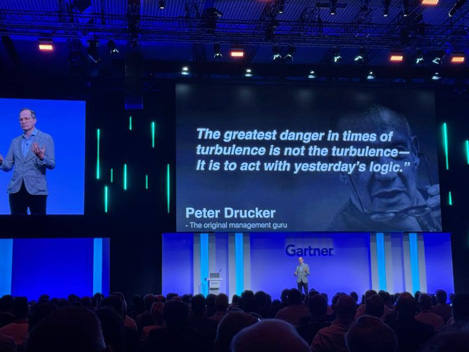
It sounds pretty challenging, but also fun, right? That’s what I like so much about these Gartner conferences. Three days of inspiring keynotes that make you think differently about your work, with a fresh sense of energy. There was this vibrant, mind-blowing, and even slightly provocative performance by Peter Hinssen, who coined the term ‘The Never Normal’. Hinssen basically says that we’re in a state of constant flux, and will remain in that state forever. The world we’re in is SNAFU, the acronym for ‘Situation Normal, All Fouled Up’ launched during World War II. We’re in a polycrisis where multiple catastrophic events happen simultaneously.
Resilience doesn’t do the trick in a SNAFU world. We need to build organizations that thrive in chaos, adapt faster than the pace of change, and innovate ahead of disruption.
Blog post
Bold ideas to outpace the polycrisis
Hinssen demonstrated such an attitude by firing insights and quotes at lightning speed, faster than anyone in the audience could follow. He talked about Yesterwork, the way organizations continue to act like yesterday, becoming irrelevant before they know it. He urged us to stop focusing on today’s problems and start thinking about the day after tomorrow. He quoted Stephen Hawking, Vladimir Lenin, and Voltaire as if they were in the room, commenting on today’s polycrisis. He also introduced bold concepts such as the Diode Dilemma and the Theory of Optionality.
This Gartner conference also brought three days of exciting conversations with bright people. Customers visited our booth to express their enthusiasm about the latest go-live. Exchanges with supply chain leaders on how they could drive their business with true end-to-end planning. We also attended marvelous presentations like the one by Nestlé’s Shannon Novak.
How Nestlé is reinventing its supply chain
Blog post
Novak brought together the full gamut of big themes of the conference, including the human factor. Her company’s vision is to become an end-to-end enterprise, digitally connected in real time, and intelligently powered by AI. Nestlé is running one of the largest and most complex supply chains among our customers. They have brought their internal organization up to speed, installing a risk-management and problem-solving mindset while ensuring employee psychological safety. They upskilled their people and internally clarified the purpose and value of the technological innovations provided by Unison Planning™.
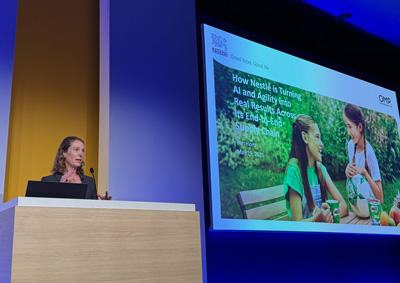
Blog post
Driving real results through smart planning
They’re also engaging in scenario-based and range-based planning, leveraging multiple forms of agentic AI and ML to address today’s divergent reality. On top of that, Nestlé is setting a course toward touchless planning, redefining the role and expectations of a good planner. Remarkably, this shift has led to a 25% increase in employees feeling rewarded for taking risks.
Novak also shared tangible business outcomes. In their pilot project, plan adherence rose significantly, driving both efficiency and profitability.
Fulfillment rates improved from around 70% to an impressive 95%. No wonder the team is eager to roll it out globally.
Focus on AI, but above all on people
The Nestlé story showed that the ideas put forward by Gartner speakers are already happening today to a certain degree. Like the evolution that Lindsay Azim outlined, from single-point forecasts to range-based scenario planning and reactive execution to forward-looking orchestration and experimentation. Like the need to make 1,000 educated guesses about the future, as Vicky Forman pointed out. Like the strategies that Joanne Joliet suggested for embracing change so that companies can move faster through the digital transformation curve.
I particularly liked Joliet’s focus on the human factor: provide clarity, remove roadblocks, and empower people to encourage cross-functional collaboration, data-driven decision-making, and creativity. Focus on AI, but not only on AI. Engage and nourish the human intelligence present in your company. Which also means there’s no one-size-fits-all solution. Every company needs to design its own operating model to align with the divergent reality and get people on the same page.
Humans are the biggest enablers
Blog post
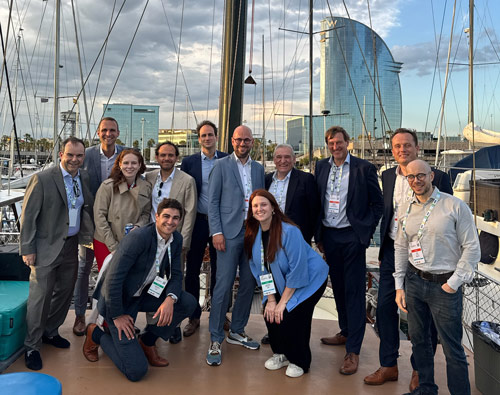
In the end, the human factor is what keeps us going. It’s also what makes attending these conferences so enjoyable. Getting energized by people visiting our booth. Meeting old friends you haven’t seen for a long time. And continuing the daytime vibrance in the evening, as we did on Tuesday by spending quality time with customers on a boat trip followed by a great dinner together with our partner Bluecrux.
Shannon Novak summarized it perfectly when she said, “The biggest enabler of our journey is people.” Intelligent and inspirational people. People exchanging ideas and exploring possibilities. People challenging each other. People acting like jazz musicians, why not?
Blog post
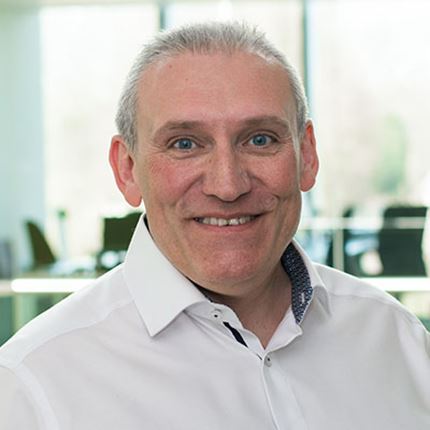
Peter Reunis
Senior Strategic Account Manager at OMP BE
Biography
With over 30 years of experience in supply chain planning, Peter specializes in implementing advanced planning solutions and managing strategic programs across various industries. Before joining OMP, he spent more than two decades at SAP in consulting and commercial roles. Passionate about customer success, Peter now oversees key accounts at OMP, helping them achieve planning excellence.


